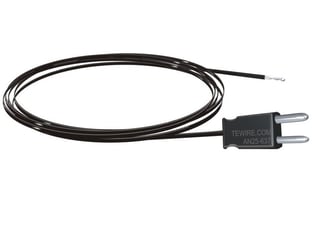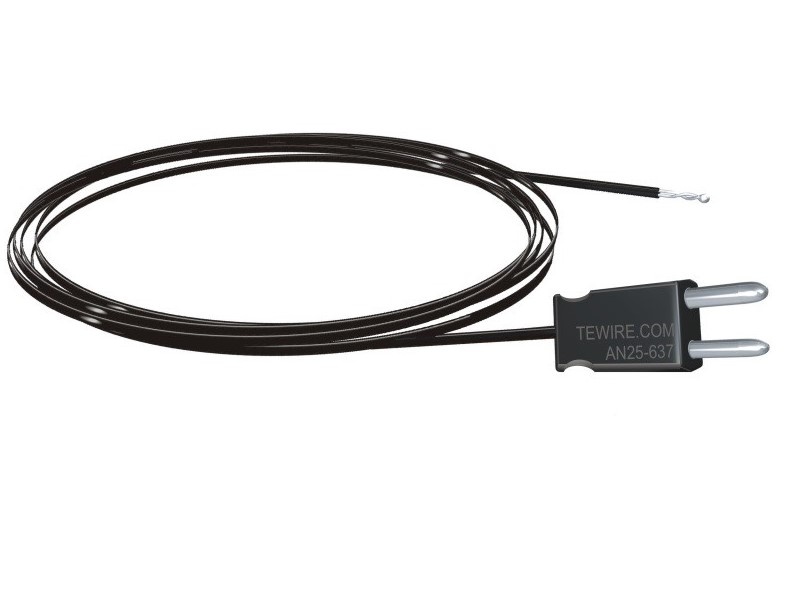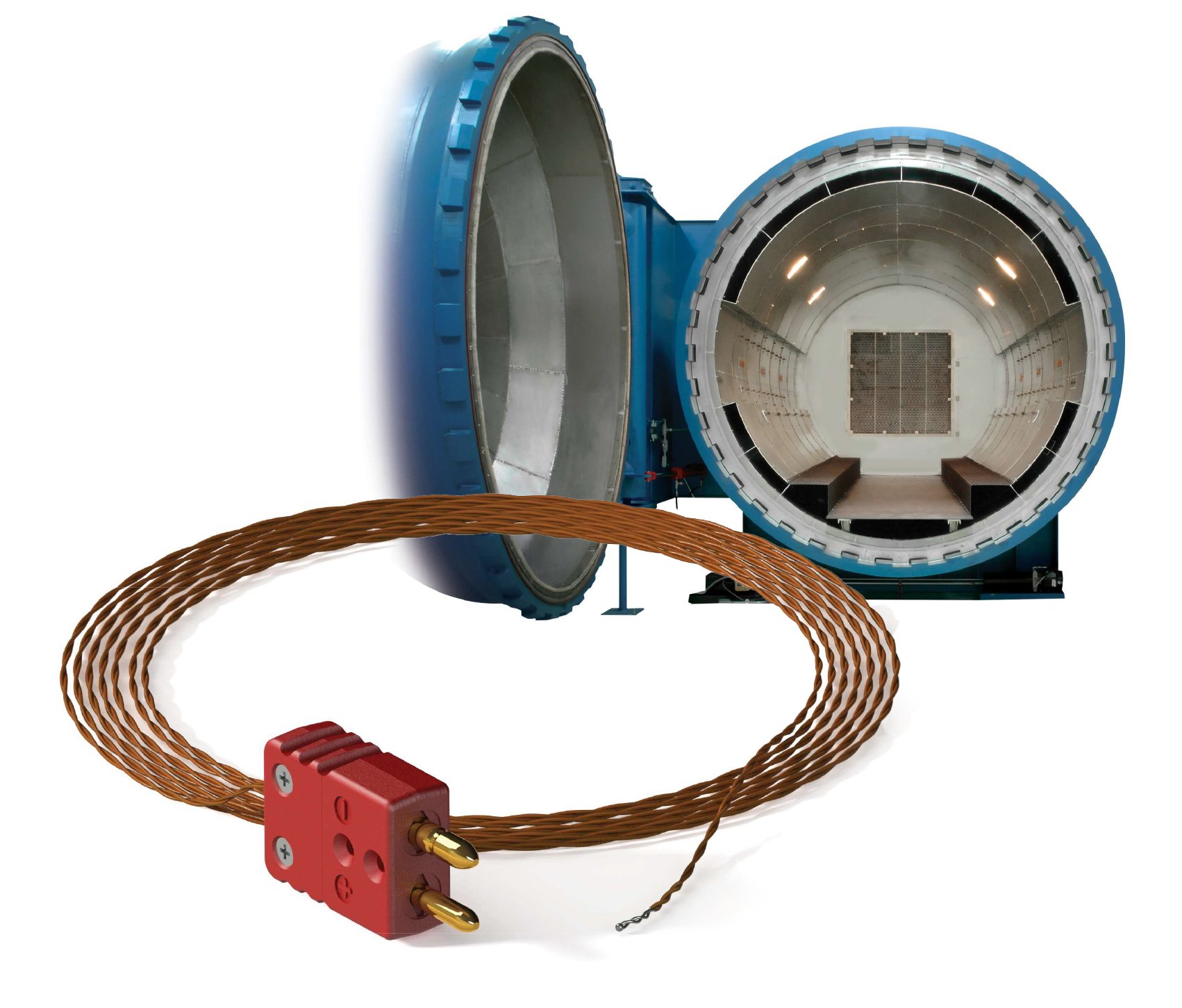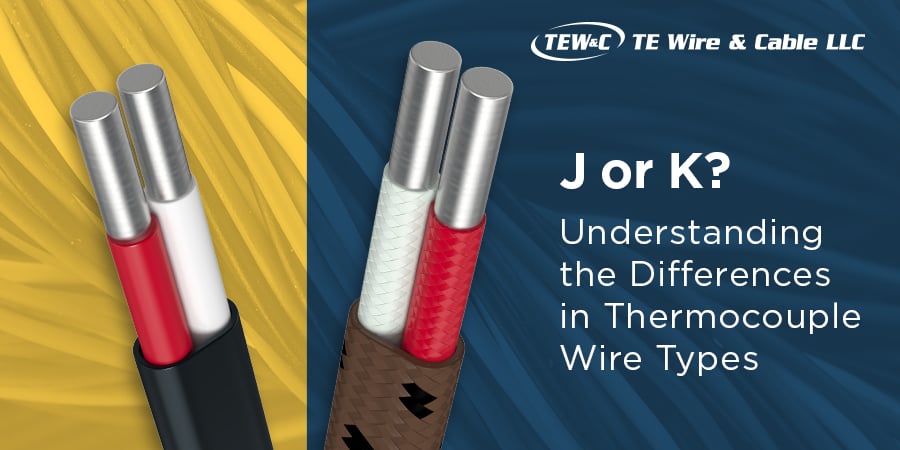Top 5 Things You Should Know about Autoclave Thermocouple Junctions
Whether you make composite parts for commercial aircraft, defense, automotive or sports, you know why you do what you do and how to do it. That’s why you have clients who trust your products and trust your team to make them to the highest quality every time.
The good news is chemistry and physics are the same. They'll never change. It really doesn’t matter if you are making barrel section 41 for the Boeing 787, the Predator drone composite wing or a super lightweight Tour de France racing bike. Recipes for production might be different between manufacturers but the end goal is a constant: Make a lightweight structure that can contribute to advancement of aircraft, military and consumer lives.
It's satisfying to realize, there is little bit of us in each and every plane since the 90’s. Although the TE Wire team and our products play a small part in the production stage of a plane, it is a significant part. We're proud to say that we make thermocouples because we believe knowing the temperature of the process is the difference between getting it right and making it wrong. As Sir Frances Bacon wrote back in 1597, "ipsa scientia potestas est” -- "knowledge itself is power."
Regardless of the composites application, you need to measure and control the temperature of the parts to insure proper cure and zero porosity. Maybe you use a thermocouple in your autoclave application that is attached to the part for part temperature. (If you use tool thermocouples, you should read on anyway.)
If you do, do you know where the temperature actually gets measured?
Here are the top five things you need to know about your autoclave thermocouple junctions:
- The part or process temperature is measured at the point where the two thermocouple conductors touch each other. Every autoclave TC is made up of two conductors of dissimilar metals. No matter where you are in the world you need two dissimilar metals and they have to touch at what we call the “junction”.

- The thermocouple wires at the junction should be welded together. You might think for expedience that just twisting them together is sufficient. From my experience with hundreds of autoclave TC applications around the world, just twisting frequently results in sporadic readings. Temperature cycling in the clave causes the metal thermocouple conductors to expand and contract with the heat energy swings of the cure cycle. This cycling often causes the non-welded twisted wires to separate and lose contact touch. When the conductors do not touch, an open circuit results, causing the clave software to disable that thermocouple. Maybe you have plenty of spare redundant autoclave thermocouples on each run. However, a better, more cost-effective solution is to use welded junctions. Our solution is the AccuClave® autoclave thermocouple that comes with an inert gas welded junction that will not open up during thermal cycling.

- A twisted welded wire junction is the most popular. In this autoclave junction style the bare conductors are twisted at the junction before welding. Twisting adds mechanical strength at the junction. Some customers also like the twist as it gives more surface area for the tacky tape to hold the junction onto the part or tool location.

A customer question that often arises is “How many twists of the junction wires should be used?” A few Boeing 787 process specs call out the number of twists, but most users just ask for (number non-specified) twisted and welded. How many twists do you require? And how do you define a twist? Is one 360-degree twist enough? Or is a 180-degree half-twist sufficient? My experience is most users, while they don’t specify it, will accept two to four twists.
At TE Wire, our AccuClave thermocouple manufacturing cell uses automated programmable twist equipment for consistent customer compliance. We can meet your requirements and keep you Prime and NADCAP audit compliant. - A parallel-welded wire junction is also available. In this configuration, the two bare thermocouple conductors at the junction are purposely not twisted, but kept physically separated and parallel except where the two conductors are butt-welded for the junction. Remember: The temperature is measured only at the point the wires touch. Composite manufacturers who specify this type of junction are not concerned with the surface area of the twist under a tape to hold the junction in place. What they are concerned with is that they want to be able to place that very small butt-weld junction point exactly on a predetermined spot.
- The third autoclave TC junction type is a very rare request – the arrowhead style. In this junction type, the bare wires are not twisted nor are they parallel. The two wires are butt-welded and then they are spaced apart in what could be said to look like a square stood on a corner. Users who specify this style of AccuClave autoclave thermocouple want to ensure that the wires cannot touch each other except at the butt-weld junction point. From my experience, this arrow head junction is used in research or sometimes for thermal profiles where exact location of temperature measurement is critical for future mass production processes.
So, there you have it. Dr. TC’s top five autoclave TC junction observations coupled with my 30 plus years of experience along with our AccuClave autoclave thermocouple cures. I would be happy to chat with you or visit you about your experience or composite curing solution needs, please email me at Sales@tewire.com.
Learn More:
- Dr TC's Cure for Erratic Temperature Reading in Autoclave Composites Manufacturing
- Dr TC's Cure for Autoclave Thermocouple Reversed Polarity
- Is your composites manufacturing the source of corporate vacuum leaks?
- 4 Pitfalls of Invar Tool Thermocouples and How to Avoid Them
- How to Improve Aviation / Aerospace Composite Curing Quality [Video]
- Simplify NADCAP Audits with TRAC Thermocouple Traceability [Video]
- Four Ways to Meet Increased Demands on Aerospace Autoclave Applications






